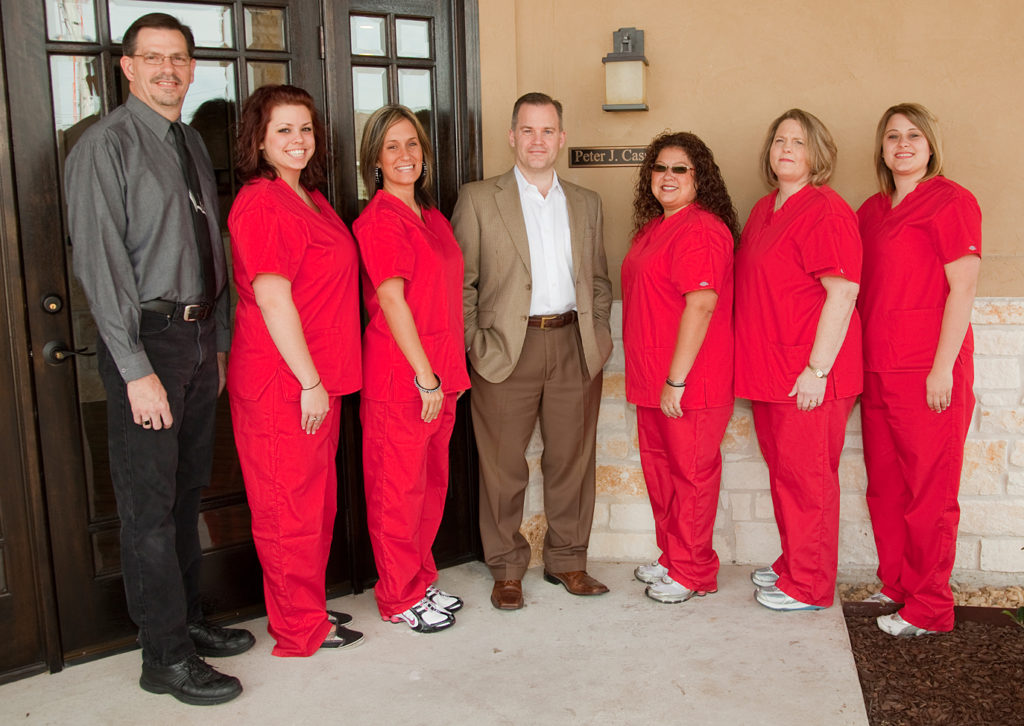By Peter J. Cass

August 9, 2017
Satisfied patients who return and refer others, and the retention of employees, are two separate goals that have something in common: Effective new employee training can help you achieve both.
My 1.2 full-time doctor practice, which has 10 support staff members, takes a structured approach to training new employees. This helps keep turnover low and customer service high. We have an annual employee turnover rate of about 5 percent compared to the Management & Business Academy average of 20 percent annually.
To keep turnover low and ensure successful onboarding, my office manager and I are both involved in the training. I am usually more involved in the initial process, and my office manager and other support-staff members are more involved in training new employees in the specifics of their job roles.
According to a 2016 study by the Society for Human Resource Management, employers can expect to spend between 6-9 months of an employee’s salary to replace a new employee. Forbes estimates the minimum cost to be one month of salary (and in some cases as much as seven years!). In a typical optometric office, I would expect that figure to be closer to three month’s salary, or about $7,600.

Dr. Cass (center) with members of his staff. Dr. Cass says a structured new employee training program ensures that every new hire is able to provide a consistent patient experience.
Show New Employee Patient Experience
New employees in our office are introduced to each staff member and given a tour of the office.
The tour walks the new employee through the process that the patient would go through, so the employee can understand the part their job plays in the process. I then personally visit with the employee and explain our practice history, mission statement and philosophy.
The new employee is then paired with the employee who has the most experience doing the things the new employee will be doing. The first day is typically spent with the new employee watching the experienced employee while taking notes. Questions are strongly encouraged and time is taken to thoroughly answer any questions.
Provide Job Aids
The new employee is given printed copies of:
An employee manual
An office manual
Compliance manual (Privacy, Security, OSHA)
They also are given a checklist of tasks they will be expected to learn during training and specific training guides for their position. Click HERE to see an example of one of these checklists.
For further help, we give employees training guides related to tasks required for different patient encounters. For example, here are some guides we gave the technician we just hired (Click on these links for complimentary PDFs).
Set Probationary Peri0d
During the first week the doctor, or office manager, meets with the trainer and the new hire at least once per day. The checklist is reviewed daily the first week. After the first week the doctor and office manager check in with the employee once or twice per week until the checklist is completed and the employee’s work is reviewed and spot-checked.
We consider new employees probationary for the first 90 days, but have not had to let someone go during the probationary period thanks to our thorough hiring process. We usually have employees integrated well within the first 30 days, and are refining the training process during the next 60 days.
Elicit Feedback from New Employee
We recognize that employees come to us with unique experiences, knowledge and perspectives. We actively seek feedback from the employees and suggestions for ways to improve our processes. We also give employees a significant amount of freedom in how they complete tasks related to their job. We want them to be trained well, but we also want them to make the job their own.
Taking the time to properly train and onboard staff is well worth the effort. Your practice can only be as good as your staff. And as good a doctor as you may be, it is important to keep in mind that your staff members are the first voices your patients hear when they call, the first faces they see when they arrive, and the last interactions they have before they leave.
 Peter J. Cass, OD, is the owner of Beaumont Family Eye Care in Beaumont, Texas, and president of the Texas Optometric Association. To contact: pcassod@gmail.com
Peter J. Cass, OD, is the owner of Beaumont Family Eye Care in Beaumont, Texas, and president of the Texas Optometric Association. To contact: pcassod@gmail.com

























